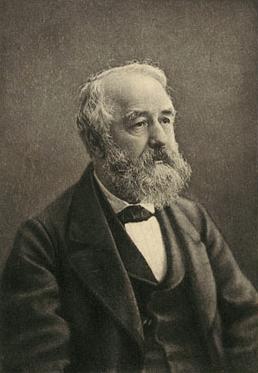Solar cycle 1 on:
[Wikipedia]
[Google]
[Amazon]
 Solar cycle 1 was the first solar cycle since extensive recording of solar
Solar cycle 1 was the first solar cycle since extensive recording of solar
sunspot
Sunspots are phenomena on the Sun's photosphere that appear as temporary spots that are darker than the surrounding areas. They are regions of reduced surface temperature caused by concentrations of magnetic flux that inhibit convection. Sun ...
activity began. The solar cycle lasted 11.3 years, beginning in February 1755 and ending in June 1766. The maximum smoothed sunspot number
The Wolf number (also known as the relative sunspot number or Zürich number) is a quantity that measures the number of sunspots and groups of sunspots present on the surface of the Sun.
History
Astronomers have been observing the Sun recordin ...
observed during the solar cycle was 144.1 (June 1761), and the starting minimum was 14.0.
Solar cycle 1 was discovered by Johann Rudolph Wolf
Johann Rudolf Wolf (7 July 1816 – 6 December 1893) was a Swiss astronomer and mathematician best known for his research on sunspots.
Wolf was born in Fällanden, near Zurich. He studied at the universities of Zurich, Vienna, and Berlin. Encke w ...
who, inspired by the discovery of the solar cycle by Heinrich Schwabe in 1843, collected all available sunspot observations going back to the first telescopic observations by Galileo
Galileo di Vincenzo Bonaiuti de' Galilei (15 February 1564 – 8 January 1642) was an Italian astronomer, physicist and engineer, sometimes described as a polymath. Commonly referred to as Galileo, his name was pronounced (, ). He was ...
. He was able to improve Schwabe's estimate of the mean length of the cycle from about a decade to 11.11 years. However, he could not find enough observations before 1755 to reliably identify cycles, hence the 1755–1766 cycle is conventionally numbered as cycle 1. Wolf published his results in 1852.
See also
* List of solar cyclesReferences
{{DEFAULTSORT:Solar Cycle 01 1 1755 in science 1756 in science